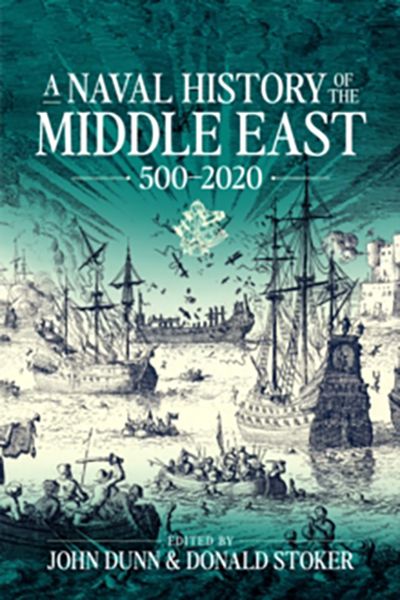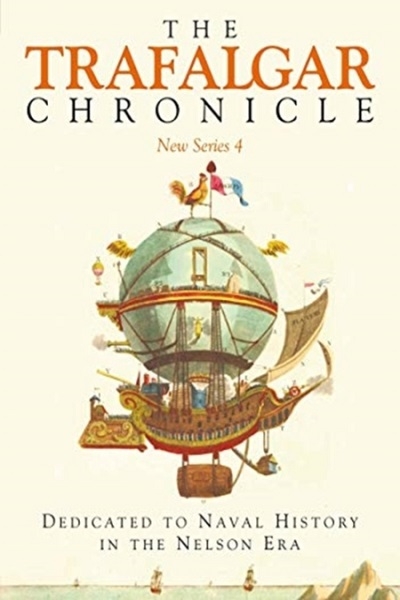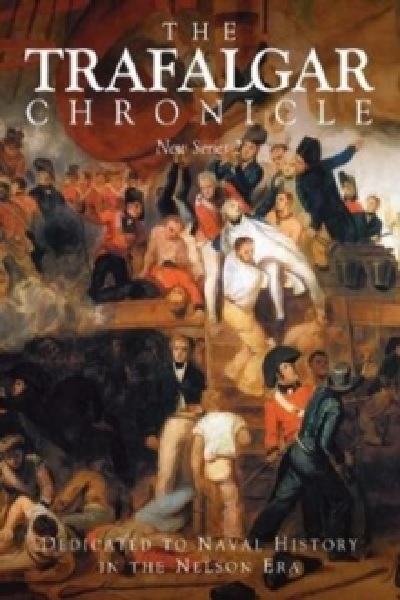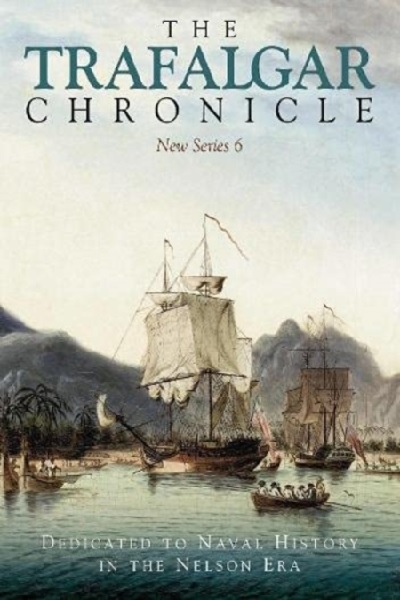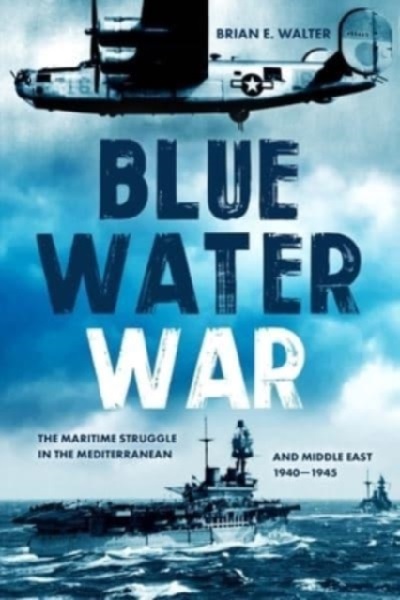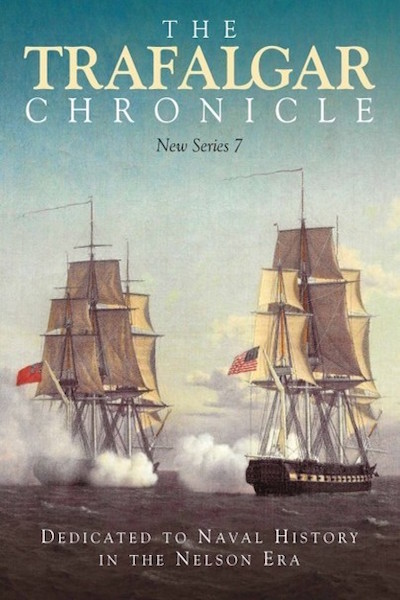A Naval History of the Middle East, 500–2020 explores how sea power shaped many nations. The Middle East is defined broadly here, from Morocco to Iran, and the Black Sea to the Indian Ocean. The story begins with the last war between the Byzantine Empire and Sassanid Iran, whose outcomes helped Islam expand rapidly. Early naval forces relied on warships powered by oars and sails, mainly to protect transport ships carrying soldiers or supplies. Combat focused on missile fire and boarding, while the need for food and water shaped strategy, as ships carried very little and required frequent resupply. Ports were highly valuable, as controlling them allowed admirals to advance or stop enemies whose crews often had only a few days of water. Galley warfare dominated for centuries but changed with new technologies like Greek Fire and larger sailing ships, which increased storage and extended an admiral’s reach. Although early Muslim fleets lacked the Byzantine naval tradition, their leaders understood the importance of sea power. Muslims fought each other, the Byzantines, and European Crusaders, with piracy also widespread across the Mediterranean, Red Sea, Persian Gulf, and Indian Ocean—a problem that continues today.
Significant change came with Ottoman naval expansion in the 1500s, alongside technological innovations such as gunpowder weapons and larger sailing vessels that replaced boarding actions and galleys. Later, steam power, ironclads, torpedoes, aircraft, and missiles accelerated these trends in the 19th and 20th centuries. This history combines an overview with specific case studies to show how Middle Eastern powers used navies to achieve national goals, and how strong naval traditions continue to influence the region into the 21st century.
ISBN: 9781804512340
Format: Hardback
Author(s): John P. Dunn, Donald Stoker
First Publishment Date: 19 October 2025

